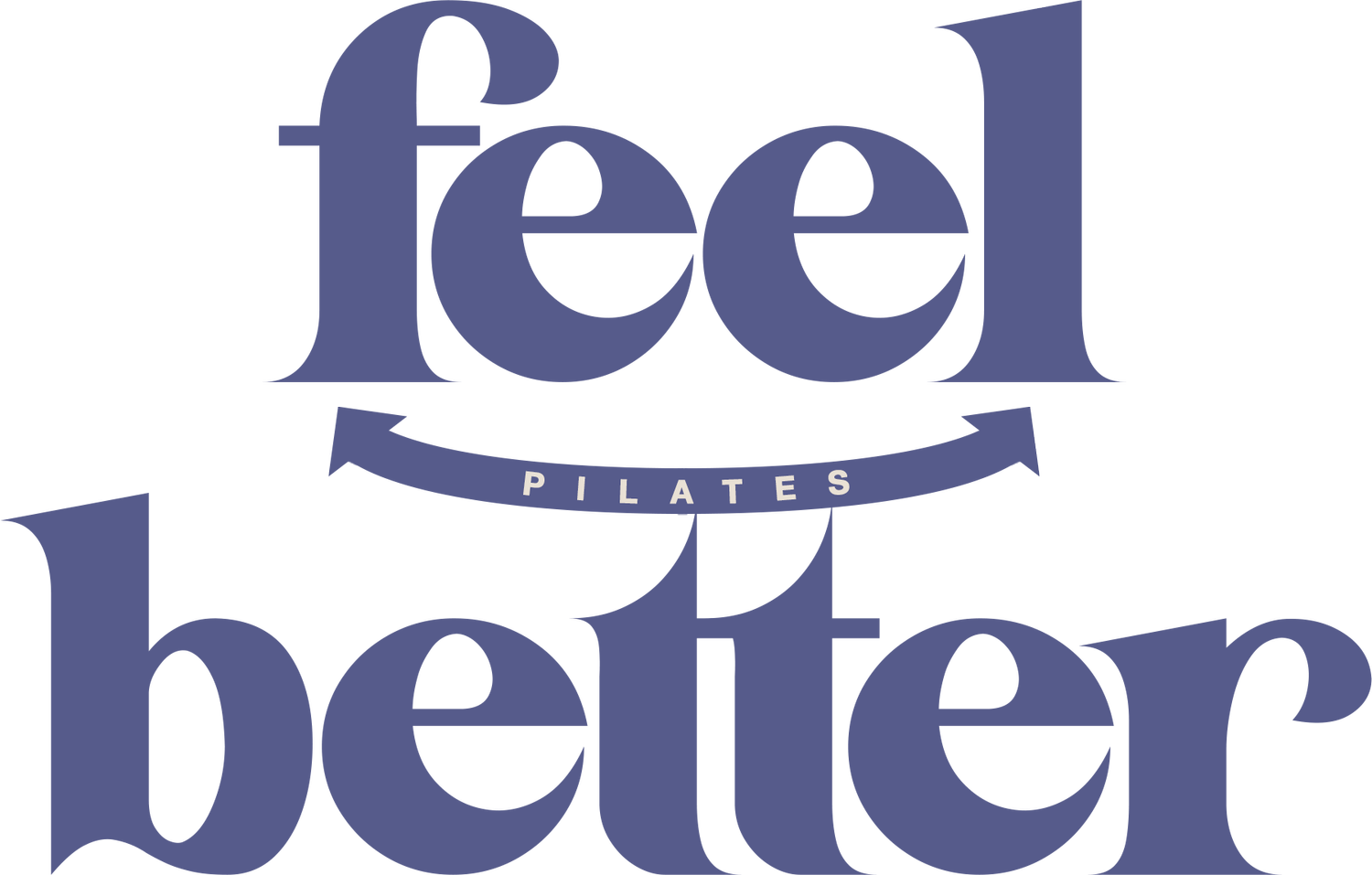Why Balance Matters: Strength, Stability, and Longevity
Let’s talk balance. Not just the kind that saves you from stacking it when stepping off the kerb, but the kind that quietly powers your strength, confidence, and helps you stay in charge of your life as the years roll on.
Why Balance Matters
Balance is the unsung hero of movement. It is where your muscles, joints, and brain all team up to keep you upright, steady, and nimble. Building balance supports joint health, protects against injury, and sharpens coordination. Regular balance training can lower fall rates by about 23%¹.
Pilates-based training has been shown to improve static and dynamic balance, functional mobility, and reduce fall risk in older adults².
Reactive balance training - the kind where your body recovers from a sudden loss of balance - can reduce real-life falls by training your nervous system to respond faster³.
Balance and Longevity: More Than Just Staying Upright
Balance is more than a skill - it may be a marker of healthy ageing. A 10 second one-leg-stand test in people aged 50 to 75 found that those who could not complete it had an 84% higher risk of death over the next decade⁴.
Another example is the sitting-rising test, which measures how easily you can get down to the floor and back up without using your hands. People with lower scores had a significantly higher mortality risk over 12 years compared to those with higher scores⁵.
Balance is not the only factor linked to longevity - healthy strength, flexibility, and overall fitness all matter - but it can be a powerful indicator⁶.
Small Daily Wins = Big Balance Gains
Balance training does not only happen in the studio. Everyday activities can challenge your stability and coordination. Examples include:
Standing on one leg while brushing your teeth
Navigating uneven ground or busy footpaths
Carrying groceries while turning to shut the car boot
Playing with kids or grandkids without worrying about losing your footing
How We Build Balance in Class
Reformer: single-leg work and spring settings that require steady control
Tower: one-arm pushes or rotational pulls that nudge your coordination
Mat: dynamic transitions and weight shifts that challenge your stability
We meet you where you are on the day - whether that means choosing safety or embracing the wobble. And the wobble? That is your body learning.
Easy, Fun Home Balance Ideas
Stand on one leg while making your morning cuppa
Practice heel-to-toe walking down the hallway
Rise slowly onto your toes and lower with control
Play a balance game with a ball
Progress by closing your eyes for short periods when steady
Key Take-Aways
Balance supports strength, coordination, and independence
Training balance now helps prevent injury and maintain mobility later
Everyday moments can double as balance practice
Studio training makes balance challenges safe, adaptable, and fun
Small, consistent home practice makes a big difference
Conclusion
Balance is the quiet champion working behind the scenes as you move through life - with strength, steadiness, and confidence. Whether in the studio or at home, building balance now is an investment in your future self.
References
Sherrington C, et al. Exercise for preventing falls in older people living in the community. Int J Behav Nutr Phys Act. 2020;17(1):1-17.
Moreno-Segura N, Igual-Camacho C, Ballester-Gil Y, Blasco-Igual MC, Blasco JM. Effects of the Pilates training method on balance and falls of older adults: a systematic review and meta-analysis of randomized controlled trials. J Aging Phys Act. 2018;26(2):327-344.
Mansfield A, et al. Does perturbation-based balance training prevent falls? Phys Ther. 2023;103(1):pzac154.
Araújo CG, et al. Successful 10-second one-legged stance predicts survival. Br J Sports Med. 2022;56(15):870-876.
de Brito LB, et al. Ability to sit and rise from the floor as a predictor of all-cause mortality. Eur J Prev Cardiol. 2014;21(7):892-898.
Piller C. The science of longevity. European Academy for Environmental Medicine. 2024.
